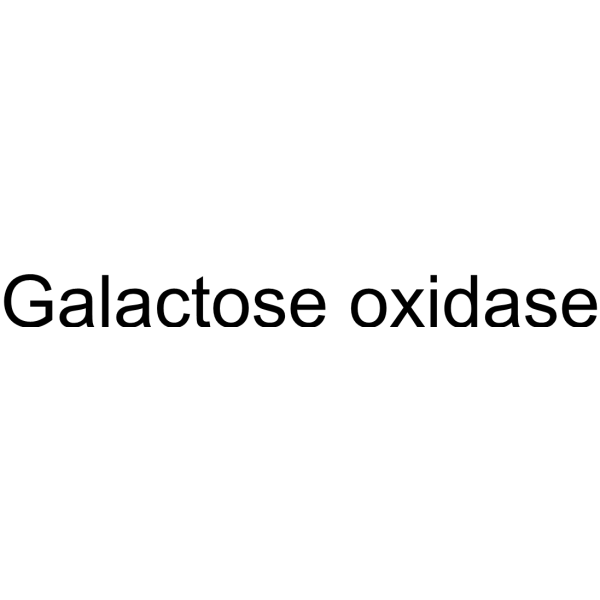Live diatom silica immobilization of multimeric and redox-active enzymes.
V C Sheppard, A Scheffel, N Poulsen, N Kröger
文献索引:Appl. Environ. Microbiol. 78(1) , 211-8, (2012)
全文:HTML全文
摘要
Living organisms are adept in forming inorganic materials (biominerals) with unique structures and properties that exceed the capabilities of engineered materials. Biomimetic materials syntheses are being developed that aim at replicating the advantageous properties of biominerals in vitro and endow them with additional functionalities. Recently, proof-of-concept was provided for an alternative approach that allows for the production of biomineral-based functional materials in vivo. In this approach, the cellular machinery for the biosynthesis of nano-/micropatterned SiO₂ (silica) structures in diatoms was genetically engineered to incorporate a monomeric, cofactor-independent ("simple") enzyme, HabB, into diatom silica. In the present work, it is demonstrated that this approach is also applicable for enzymes with "complex" activity requirements, including oligomerization, metal ions, organic redox cofactors, and posttranslational modifications. Functional expression of the enzymes β-glucuronidase, glucose oxidase, galactose oxidase, and horseradish peroxidase in the diatom Thalassiosira pseudonana was accomplished, and 66 to 78% of the expressed enzymes were stably incorporated into the biosilica. The in vivo incorporated enzymes represent approximately 0.1% (wt/wt) of the diatom biosilica and are stabilized against denaturation and proteolytic degradation. Furthermore, it is demonstrated that the gene construct for in vivo immobilization of glucose oxidase can be utilized as the first negative selection marker for diatom genetic engineering.
相关化合物
| 结构式 | 名称/CAS号 | 分子式 | 全部文献 |
|---|---|---|---|
 |
半乳糖氧化酶
CAS:9028-79-9 |
|
Functional and anionic cellulose-interacting polymers by sel...
2012-08-13 [Biomacromolecules 13(8) , 2418-28, (2012)] |
|
Glycoproteomics enabled by tagging sialic acid- or galactose...
2013-02-01 [Glycobiology 23(2) , 211-21, (2013)] |
|
In vivo enzyme immobilization by inclusion body display.
2010-08-01 [Appl. Environ. Microbiol. 76(16) , 5563-9, (2010)] |
|
A laterally acquired galactose oxidase-like gene is required...
2013-01-01 [PLoS ONE 8(1) , e54112, (2013)] |
|
Role of the Tyr-Cys cross-link to the active site properties...
2012-03-19 [Inorg. Chem. 51(6) , 3513-24, (2012)] |